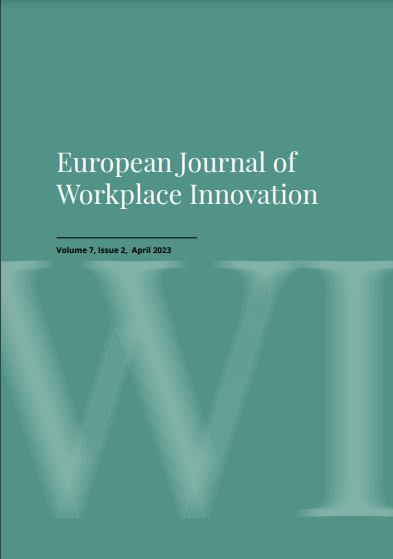"More than meets the eye”: Unveiling the full potential of creative workspaces in modern organisations
Abstract
Providing adequate workspaces for employees is now considered crucial for organisational innovativeness in light of evidence that the work environment influences creative behaviour. It is unsurprising, then, that companies increasingly seek to implement modern workspace designs based on what is often referred to as New Work to support employee creativity. However, designing, planning, and implementing a modern and creative workspace is a highly complex undertaking. Existing studies report a multiplicity of interconnected organisational variables affected by such changes at the levels of the individual employee (e.g. creativity), the team (e.g. communication) and the organisation (e.g. culture). To explore whether and how organisational changemakers consider these variables when designing creative workspaces, we interviewed 20 experts from companies that have recently implemented creative workspace designs, asking them about the objectives and consequences of their new workspace designs. Upon comparing the interviewees’ answers to the findings reported in the existing literature, we found that their organisations were not fully aware of the organisational impact of such changes and failed to consider creativity enhancement as an explicit goal. Concluding that much of the potential of modern workspace design remains untapped, we propose avenues for further research.
Authors who publish with this journal agree to the following terms:
- Authors retain copyright and grant the journal right of first publication with the work simultaneously licensed under a Creative Commons Attribution License that allows others to share the work with an acknowledgement of the work's authorship and initial publication in this journal.
- Authors are able to enter into separate, additional contractual arrangements for the non-exclusive distribution of the journal's published version of the work (e.g., post it to an institutional repository or publish it in a book), with an acknowledgement of its initial publication in this journal.
- Authors are permitted and encouraged to post their work online (e.g., in institutional repositories or on their website) prior to and during the submission process, as it can lead to productive exchanges, as well as earlier and greater citation of published work (See The Effect of Open Access).

